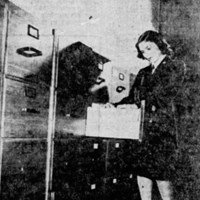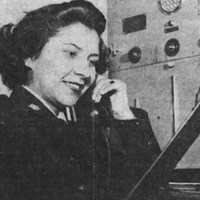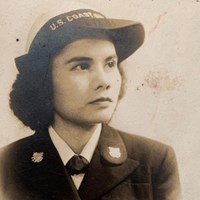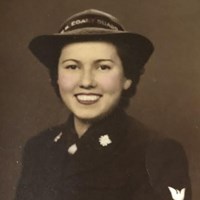- Interpretation and Education
Telling All Americans' Stories: Introduction to Women's History
- Type: Article
- Offices: Interpretation and Education

From the lives of young, immigrant women who worked the textile mills at Lowell National Historic Park to those of the female shipyard workers who were essential to the home front during World War II at Rosie the Riveter/World War II Home Front National Historic Park, women’s history can be found at every park. If you want to understand our nation’s history, explore the remarkable legacies of American women.
- Type: Article

During World War II, opportunities for women expanded, including in the military. The Coast Guard created a women’s reserve known as the SPARS in 1942. Thousands of women from across the United States enlisted. They went through basic training and then were stationed on the home front. Spars faced challenges and discrimination, but also contributed to the war effort in many ways. This lesson offers resources for exploring these women's lives.
- Type: Article

During World War II, each branch of the military created a women's reserve and recruited across the country. The US Coast Guard created the SPARS, the women's auxiliary. Recruits from Oklahoma were known as the "Sooner Squadron," and included six Native American women. Their service is a testament to the larger service of Native Americans in World War II.
Last updated: June 14, 2023







